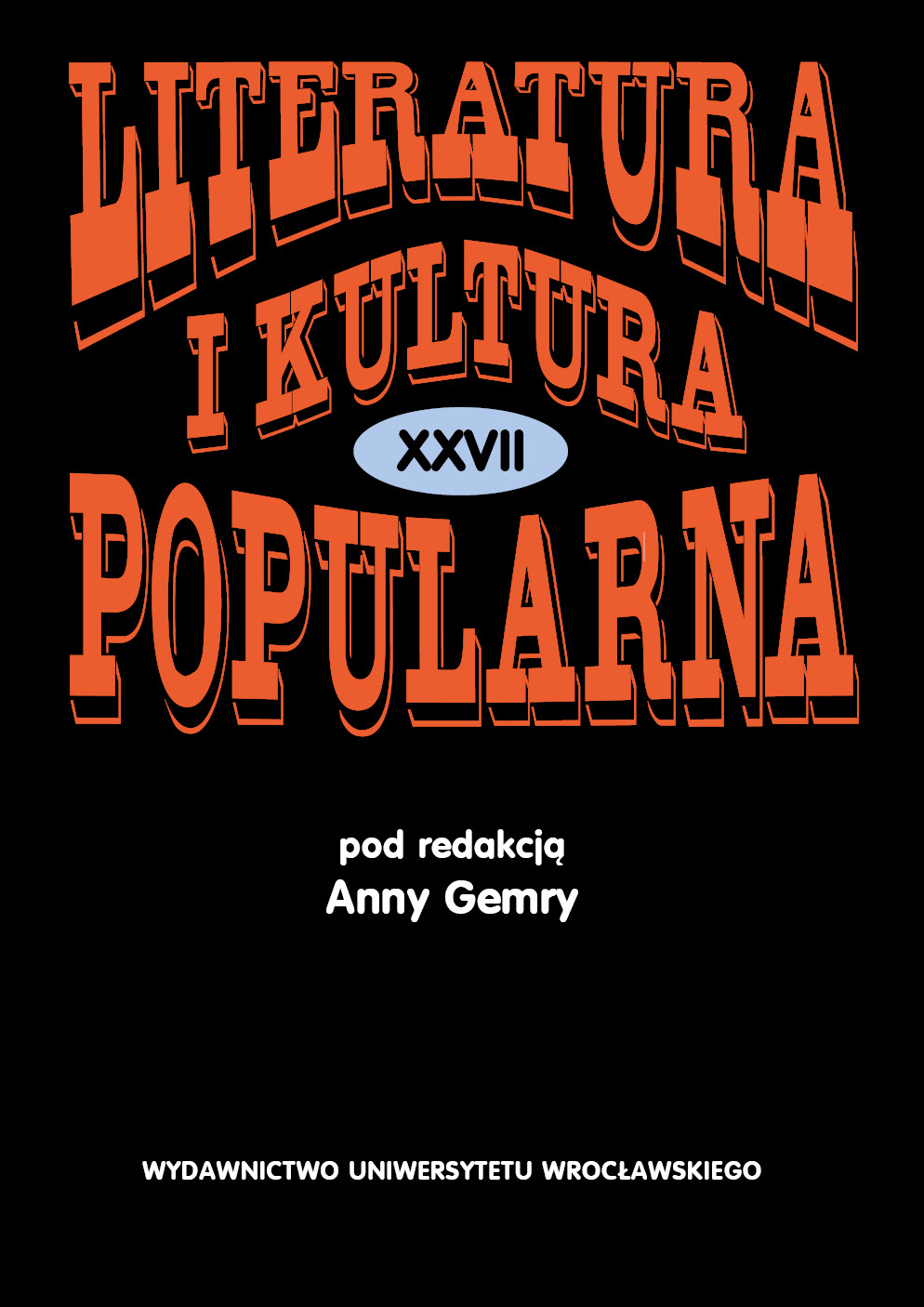

Artykuły

Cultural texts on the subject of posthuman can be found long before the post-anthropocentric turn in humanistic research. Literary explanations of posthumanism have entered the conventional canon not only in terms of the science-fiction classics. However, a different line follows the tradition of presenting posthumanist existence in the comic book medium. Scott Jeffrey accurately notes that most comic superheroes are post- or trans-human. Therefore, the transgression of human existence into a posthumanoid being is presented. However, in the case of the less culturally recognizable character of Vision, a synthezoid from the Marvel’s Avengers team, combining the body of the android and human consciousness, the vector of transgression is reversed. This article is an attempt to analyze the way the humanization process of this hero is narrative in the Vision series of screenwriter Tom King and cartoonist Gabriel Hernandez Walta. On the one hand, King mimetic reproduces the sociological panorama of American suburbs, showing the process of adaptation of the synthesoid family to the realities of full-time work and neighborly intercourse, on the other, he emphasizes the robotic limits of Vision humanization. Ultimately, the narrative line follows the cracks between these two plans, allowing King to present, with the help of inhuman heroes, one of the most human stories in the Marvel superhero universe.